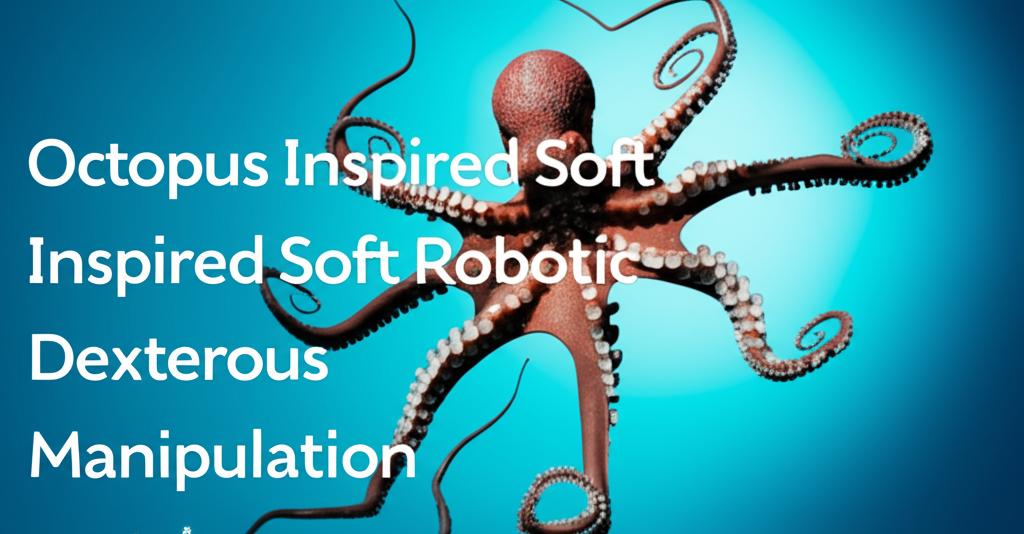The remarkable capabilities of octopuses, with their highly flexible arms and sophisticated suckers, have long captivated scientists and engineers. This inspiration has fueled significant advancements in soft robotics, leading to the development of innovative robots capable of complex manipulation tasks that are often challenging for traditional rigid robots. Recent breakthroughs are pushing the boundaries of what these bio-inspired machines can achieve, particularly in sensing, actuation, and intelligent control.
One of the key areas of progress lies in mimicking the octopus's muscular hydrostat system. Researchers are designing soft robotic arms, often using silicone and pneumatic actuation, that can bend, extend, shorten, and even twist, closely replicating the dexterity of their natural counterparts. These arms are increasingly incorporating sophisticated suction cups, drawing direct inspiration from the octopus's ability to grasp a wide variety of objects with different shapes, sizes, and textures, even on rough or curved surfaces. Recent developments have focused on creating artificial suckers that not only provide strong adhesion but also integrate sensory feedback.
A significant leap forward is the concept of "embodied suction intelligence". This approach involves designing suction systems that can sense the environment and control the robot's actions without relying on a central computer. By decoding pressure responses from the suction cups, these robots can detect contact, classify the environment (such as air, water, or different surface textures), and even predict pulling forces. This allows for more intuitive and adaptive grasping, enabling robots to handle delicate objects gently or adjust their grip based on the object's characteristics. Some new designs integrate multi-layer soft structures and artificial fluidic systems to mimic the musculature and mucus of biological suckers, enhancing adhesion on complex surfaces.
The distributed nervous system of the octopus is another major source of inspiration. Scientists are exploring how to replicate this distributed control in robotic systems. This involves developing multi-processor architectures and intelligent algorithms that allow different parts of the robot to operate and make decisions somewhat autonomously, much like an octopus's arms, two-thirds of whose neurons reside within them. Engineers have been working on computational models that can digitally recreate the complex muscular architecture and movements of an octopus arm, paving the way for soft robots with unprecedented dexterity and the ability to learn and adapt to their surroundings.
Materials science plays a crucial role in these advancements. The development of new soft, stretchable, and resilient materials is essential for creating robots that can withstand the rigors of real-world applications while maintaining the necessary flexibility and compliance. The integration of soft sensors, such as flexible strain sensors and suction cup sensors, directly into the robot's body is critical for providing the feedback needed for dexterous manipulation and safe interaction with the environment.
Looking ahead, the fusion of octopus-inspired designs with artificial intelligence and advanced materials science promises even more capable soft robots. Future developments are expected to enhance adaptability in complex and unpredictable environments, improve human-robot interaction, and open up new applications in diverse fields. These include gentle fruit picking in agriculture, handling fragile items in manufacturing, performing delicate tasks in medical procedures (such as anchoring tools within the human body), creating interactive soft toys, and aiding in underwater exploration and tasks like collecting litter or fishery. While considerable challenges remain in perfectly replicating the octopus's mastery of manipulation, the ongoing research in this field signals a move towards increasingly intelligent, versatile, and autonomous soft robotic systems.

